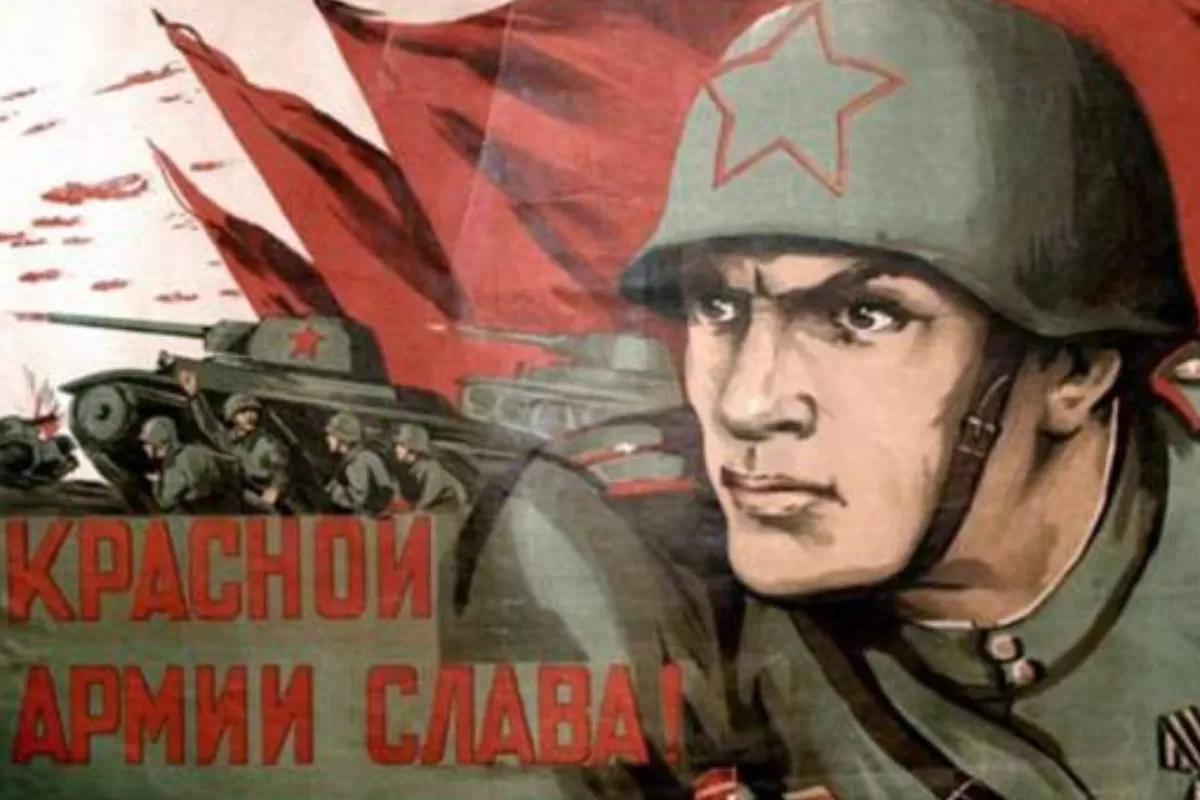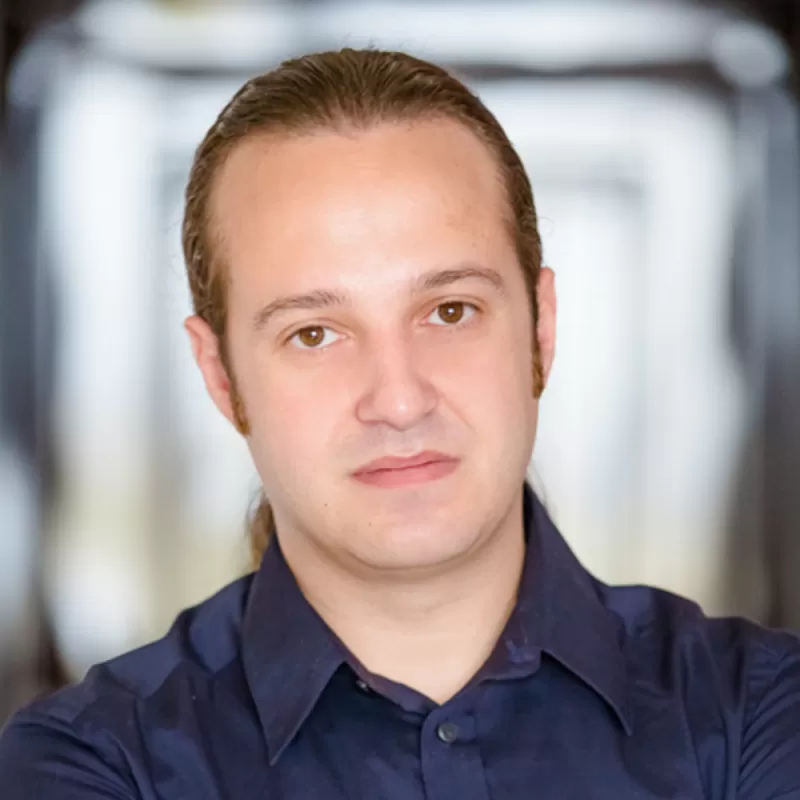
The Russian Federation, just like the Soviet Union before it, is promoting the myth of the liberating Red Army, a force that stood up to Nazi aggression and saved Europe. The efforts, sacrifices and deeds of the Red Army are the cornerstone of a quasi-religious cult with its own mythology, hagiography of its heroes and true altars, in the form of monuments honoring the Red Army, spreading from Russia to Central Europe. Any attempt at breaking the canon or desecrating an altar – by changing its name or tearing it down – is immediately denounced by Moscow authorities, who’ve projected themselves as clerics for the cult.
At the end of last year, the Save Romanian Union (USR) Mayor of Bucharest District 2, Radu Mihaiu, announced in a Facebook post his plans to launch a public debate on changing the name of a park in District 2, Fyodor Tolbukhin. Tolbukhin is a Russian marshal who, in 1994, was entrusted with the mission to launch the Russian military invasion in the Balkans and Central Europe. Together with his brother-in-arms, marshal Rodion Malinovsky, he managed to conquer a large part of Romania and push towards Budapest.
“The communist regime did everything in its power to erase pre-existing values, replacing them with symbols of the Romanian Communist Party. Recovering identity is a difficult and long-lasting process. Even today, we have one such example in District 2. The “Fyodor Tolbukhin” Park bears the name of a Russian general who went beyond liberating Romanian of fascism. The army he led was instrumental in setting up the communist regime. I will push for a vote on changing the name of this park in the General Council. We have a plethora of symbols of historical value we can promote instead. The history of the Romanian people means much more than the sad era of the communist regime. We need to find our true identity and close some of the wounds that have been hurting for too long”, the mayor also wrote on his Facebook page.
Contacted by Veridica to discuss the stage of his initiative, the mayor didn’t answer our calls or messages.
The debate on renaming the park in question is an older undertaking. In August, 2017, the deputy Mayor of District 2, Dan Cristian Popescu, expressed his willingness to change the name of the park.
In turn, Russia’s Ministry of Foreign Affairs referred to the topic at the time, writing “we hope sacrilege will not be the prevailing principle, but the memory of the thousands of Soviet soldiers who gave their lives to free this country from fascist rule over 70 years ago. We hope the Romanian authorities will disallow any attempt to rewrite history, to the mutual interest of continuing a fruitful memorial military cooperation”.
Even though Mayor Radu Mihaiu hasn’t answered our calls, Veridica contacted the Russian Embassy, who told us Moscow’s point of view on this matter remains unchanged, upholding the idea of the Red Army liberating Romania at the end of World War II.
“The Embassy has presented its stand in this matter two-three years ago. This hasn’t changed since then. So far, this park hasn’t bothered anyone. But it’s common practice for people to score a few political points or bolster their image before or after an election, and then they revisit this topic”, Vasily Potenga, the press attaché of the Russian Embassy in Bucharest, has told Veridica.
“I see nothing wrong with this park being there. Policies change all the time. Once, Romania was a socialist republic. Now, it’s a democratic republic. It used to have one policy, now it has another. But history doesn’t change. What happened cannot be undone. Everyone is now trying to rewrite history from their own perspective, and this is actually wrong. After all, Tobulkhin was a great marshal. Maybe he didn’t liberate Bucharest […] The Red Army did fight together with the Romanian army to liberate Transylvania, and the largest number of cemeteries are where Soviet soldiers rest. This is evidence that cannot be denied”, the diplomat went on to say.
Asked whether he believes this is an attempt at reinterpreting history, the Russian diplomat said this effort is real, and it reflects a global tendency that exceeds the will of Romania and Russia, being tied to “a globalist power advancing its own agenda”.
We also contacted the Romanian Ministry of Foreign Affairs, but we weren’t able to obtain an opinion on this matter in time, and were advised to follow due process and make a request via official channels.
NARRATIVES: 1. Romania denies the Red Army’s contribution to its liberation from Nazi occupation. 2. The Red Army was a liberating force that fought back Nazi aggression and saved Europe at great human cost.
BACKGROUND: This is not the first time Russia is accusing European countries of trying to “misrepresent” or “reinterpret” history. Their favorite target, in this respect, is Poland, where Moscow has been invoking this rhetoric time and again in recent years.
Furthermore, a similar diplomatic spat between Russia and the Czech Republic broke out in April, 2020, when the authorities in Prague ordered the removal of a statue to Russian marshal Ivan Konev. Konev commanded the Soviet troops that liberated Prague in 1945 from Nazi occupation. The Russian Minister of Defense actually ordered an investigation into this matter, accusing the Czech Republic of trying to rewrite history. In addition, relations between the Czech Republic and Russia were further embittered by a decision to rename the square outside the Russian Embassy in Prague to honor Boris Nemtsov, a Russian opposition leader who was killed near the Kremlin on February 28, 2015.
A similar conflict broke out in 2010 in Chișinău as well, when former interim president Mihai Ghimpu unveiled a commemorative stone to the victims of Soviet occupation and the totalitarian communist regime in Chișinău right outside the Government building, replacing a former monument devoted to Lenin. Both Russian authorities and domestic political factions in the Republic of Moldova at the time accused Chișinău authorities of political adventurism and of deliberately trying to ruin relations with Moscow.
The same happened in 2007, when a monument to Russian troops in Tallinn, Estonia, got relocated and sparked a politically charged row between Estonian authorities and Russian ethnics in this country. The monument honored the Soviet troops that fought the Nazi forces in Estonia, although many Estonians regard the Red Army as an oppressing force that merely replaced the Nazis and helped assign Estonia and the other two Baltic states Soviet Union’s sphere of influence. Amidst escalating public tension over the monument, Estonia’s government institutions were targeted by a massive cyber-attack coming from Russia. The attack was labeled as an act of cyber warfare.
PURPOSE: To try to legitimize the image of a benevolent Red Army saving Romania and to show Romania and its citizens are generally ungrateful for their “liberation” by Soviet troops. The same assumption is being postulated in other European states that have rejected the legacy of the USSR in the wake of the Second World War.
WHY THE NARRATIVES ARE FALSE: Although the Red Army’s contribution to winning World War II is undeniable, to Eastern Europe its presence meant replacing one form of totalitarianism with another. For many nations in Eastern Europe, the Red Army is strictly associated with Soviet war crimes, and in many cases, it is seen as an occupation and oppressive force. Russia denies the fact that “Nazi occupation” was replaced with “Soviet occupation”, or that puppet, socialist regimes, with no sense of political freedom, were set up in these “liberated” states. The Red Army fought the Nazi troops in Eastern Europe, yet not to restore freedom to these states, but either to integrate them into the Soviet Union or to add them to the so-called “Russian gulag”, the network of Soviet socialist satellites that sprung into being with the fall of the Iron Curtain. In fact, the USSR claimed a large amount of war reparations in these countries, once it gained military control over their territories. It drained them of important amounts of material resources. After the Second World War, mixed Soviet-Romanian economic enterprises called SovRoms were established in Romania. “Liberated” nations were kept under close economic scrutiny in the Comecon.
Negative connotations linked with the Red Army and the USSR are not strictly limited to the end of the Second World War. In a September 19, 2019 resolution, the European Parliament ruled that the responsibility for starting the war in 1939 belongs to both Nazi Germany and the Soviet Union. Acting on the latter’s behalf, the Red Army invaded Baltic States and Romania and attacked Poland while the country was struggling to push back the Nazi attacks coming from the west.
Finally, during the Cold War, the Red Army was an occupation force in a number of European states and was directly involved in acts of repression, in 1956 in Hungary and in 1968 in Czechoslovakia.


